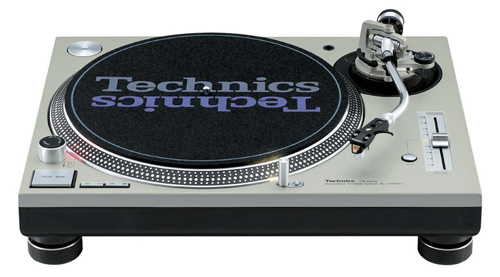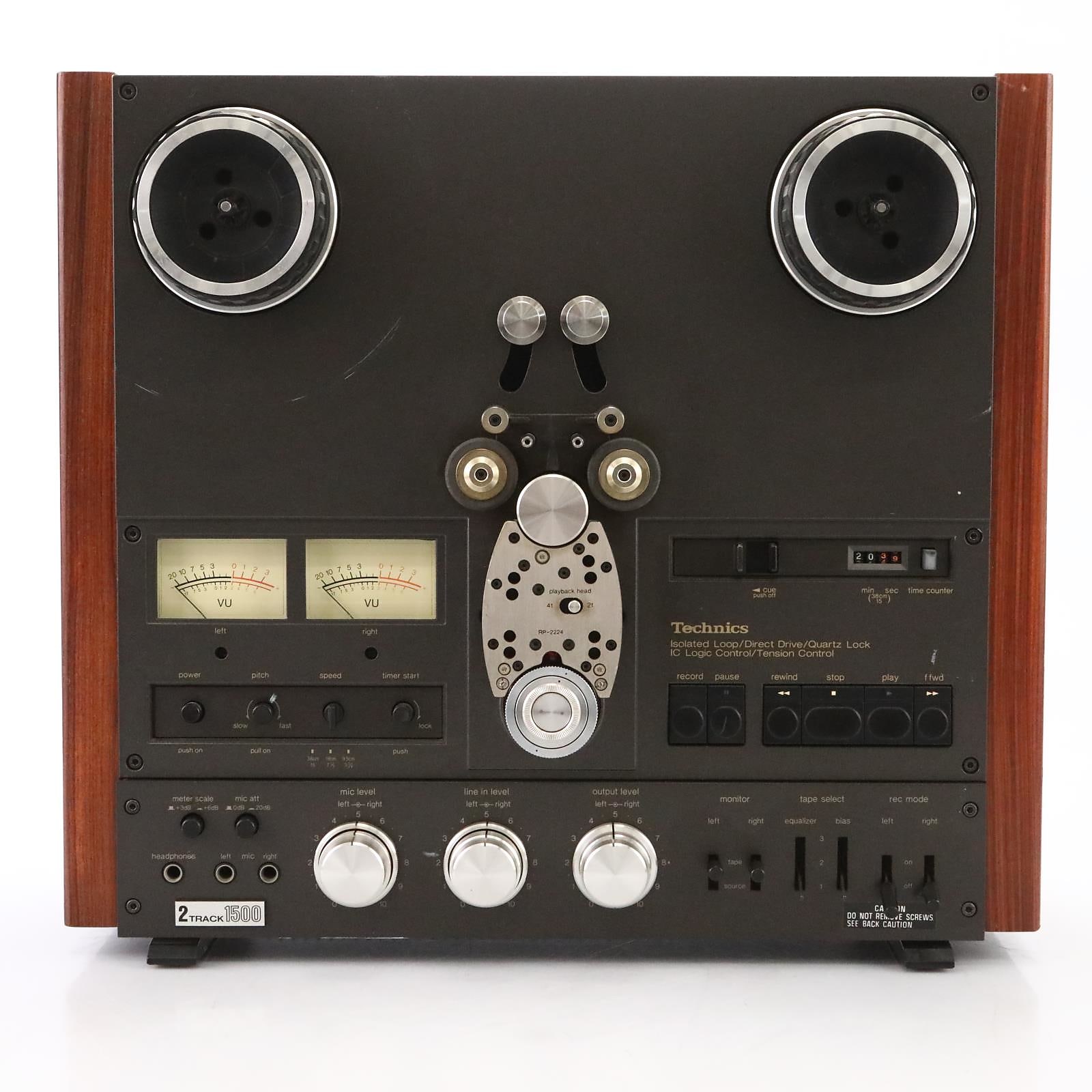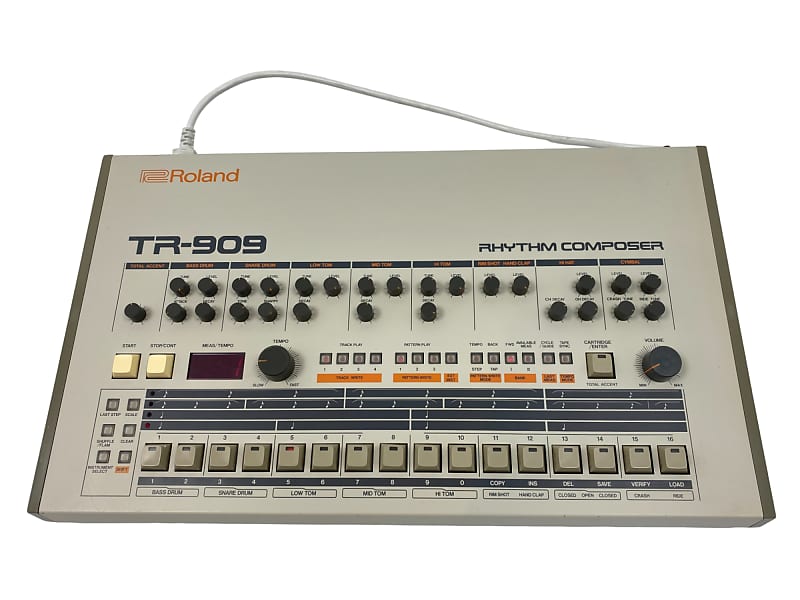"Dance music now is being made strictly for the dance floor. Back then, there was no such thing," Frankie Knuckles reflected in a 2010 interview with 5 Magazine. "The songs were all written and produced for the simple reason of writing beautiful music."
Long before he was dubbed "the godfather of house", the late, great Knuckles was the musical director and DJ at The Warehouse, a nightclub that opened its doors in the West Loop of Chicago in 1977. The records that were spun there, or that his lifelong friend Larry Levan played out at New York's Paradise Garage, were not house music as we know it today: the primarily queer patrons of these sonic safe havens came to dance to R&B and disco from midnight to midday.
Turntables, mixers, and a short supply of auxiliary equipment were used to isolate grooves from vinyl and enhance the key sonic element, particularly the low-end of the mix. It wasn't long until the nascent producers in attendance picked up on the possibilities of where the music could go. With the introduction of new advances in music technology like drum machines and samplers, the four-on-the-floor sound would only develop and reach new heights.
Let's trace the evolution of this equipment.
Read more about the development of house music in our "House of Pride: Celebrating the Queer and Black history of House."

These old-school turntables from the German audio brand were widely regarded as the country's finest domestic turntables from the Golden Age. They were the de facto decks of choice for David Mancuso, who ran the historic invitation-only underground club night in Lower Manhattan known as "The Loft". Three of them also served as the centerpiece of the original silver console that Larry Levan designed for Paradise Garage. For ultimate vibration isolation, the Thorens sat on a platform bed suspended by rubber bands.
Because they were belt-drive turntables, as opposed to the Technics direct-drives commonly used in most modern DJ rigs, they were notoriously difficult to mix on. "Most DJs wanted to have what Larry had in the booth," longtime Paradise Garage sound technician Joey Llanos elaborated in a recent interview with Mixmag. "But if you grabbed the record platter too hard, the table would stop." Despite their manual setbacks and limitations, DJs focused on the highest fidelities swore by them.

What did the Paradise Garage, Studio 54, and the Palladium have in common beyond being NYC's hottest nightclubs? All three used the UREI 1620—a six-channel, rackmountable rotary mixer that shaped the sound of dancefloors in the 1970s and well into the next decade. Boasting a fat bottom end and shiny, sweet highs, it was one of the first commercially available club mixers and remains among the most coveted DJ mixers of all time.
Using knobs to control sound and tone rather than faders, rotary mixers like the 1620, or Bozak's CMA-10-DL2, were present for the birth of DJ culture and continue to be celebrated for smooth transitions and adjustments in EQ. It was only after the golden age of disco and the crossfader was introduced that rotaries became less common in nightclubs and became a fixation for audiophiles.
At the Paradise Garage, Larry Levan would augment the sounds of the turntable rig and the UREI 1620 with a Technics RS-1500 reel-to-reel tape player, which was used to make extended track edits on the fly. The reel-to-reel was also accompanied by the DBX 100 Boom Box, a device which takes the lowest bass frequency of a track and makes it even lower, and a DeltaLab digital delay complete with a multi-effects unit.

Since they were first introduced in 1972, the direct-drive Technics SL-1200 has earned its rightful reputation as the industry standard for DJs and audiophiles alike. When compared to the Thorens at The Loft and the Paradise Garage, its high-torque motor design made it far easier to cue via its pushbuttons, and its variable pitch control allows the rotational speed to be adjusted for optimized beatmatching. To this day, the original SL-1200 is still the go-to vintage pick for old-school purists.

In the late '70s and early '80s, edits and remixes were done manually through cutting tape and reworking passages. The process may have been more painstaking and time consuming than it is in the current age of the DAW, but as Frankie Knuckles told MusicRadar in an 2012 interview it also came naturally. "I knew which bits of a song worked," Knuckles explained. "I instinctively knew if the intro needed cutting or extending. My imagination was already doing its thing. I got hold of a quarter-inch Pioneer reel-to-reel machine, and that's what I used to do all my edits."
Armed with his reel-to-reel and razor blades, Knuckles would cut bits of tape and stitch them together to create extended versions of hit singles. In the same interview, he shares an anecdote about adapting the zombie dance breakdown in the video for Michael Jackson's "Thriller" for the dancefloor, working out each section he needed to recreate the backing track. "In the end, I had a gazillion little bits of tape," he recalled. "I was so on top of the reel-to-reel. Once I'd worked out where the playback head was in relation to the beat, I'd rock the tape backwards and forwards and know instinctively where to cut. I was making my own 12-inch mixes - the ones I knew were going to work when I played them out live!"

When Roland unveiled the TR-909 in 1983, it heralded a new era of integrating drum machines into remixes and new productions. As house music legend would have it, it was legendary techno producer Derrick May who introduced Frankie Knuckles to the 909 at the latter's Power Plant club in Chicago a year or two after its release. He wrapped the drum machine in a towel and brought it to the booth after Knuckles finished his set the next morning. As Knuckles told MusicRadar, May predicted that it would be "the foundation of music for the next 10 years".
Sure enough, Knuckles quickly adapted to the drum machine and worked it into his sets—after learning to program it, he'd wire it up to the club's mixer. "Every record I played that night had a 909 running underneath it," he recalled. "I loved that machine! Sometimes I'd just leave it running by itself, just so I could hear those kick drums." He wasn't the only producer who took to the TR-909: it makes a cameo on several classics across the house music canon, including "Your Love" by Knuckles collaborator Jamie Principle, "Can You Feel It" by Mr. Fingers, "Show Me Love" by Robin S., and "Revolution 909" by Daft Punk.
